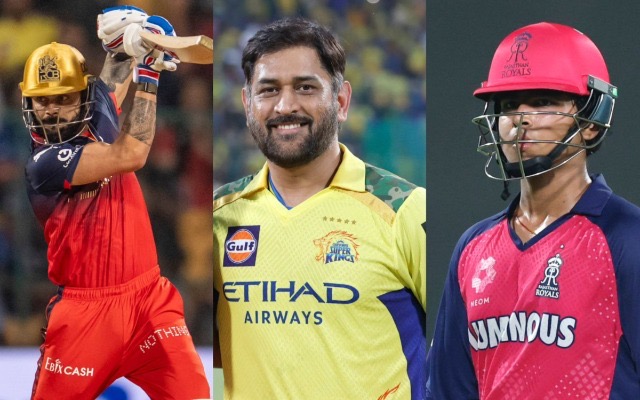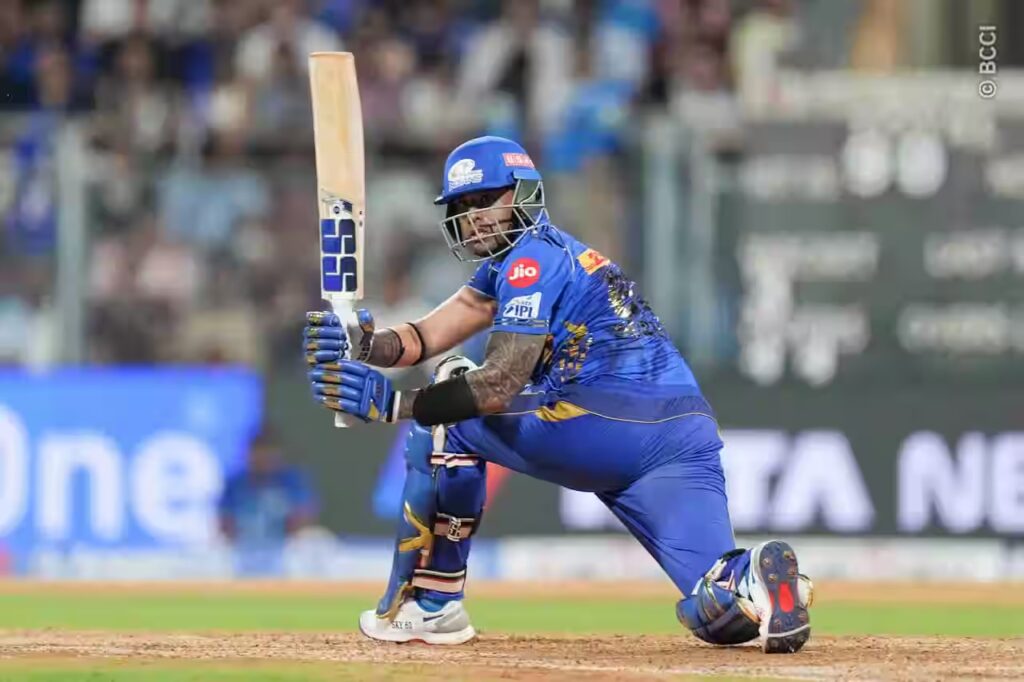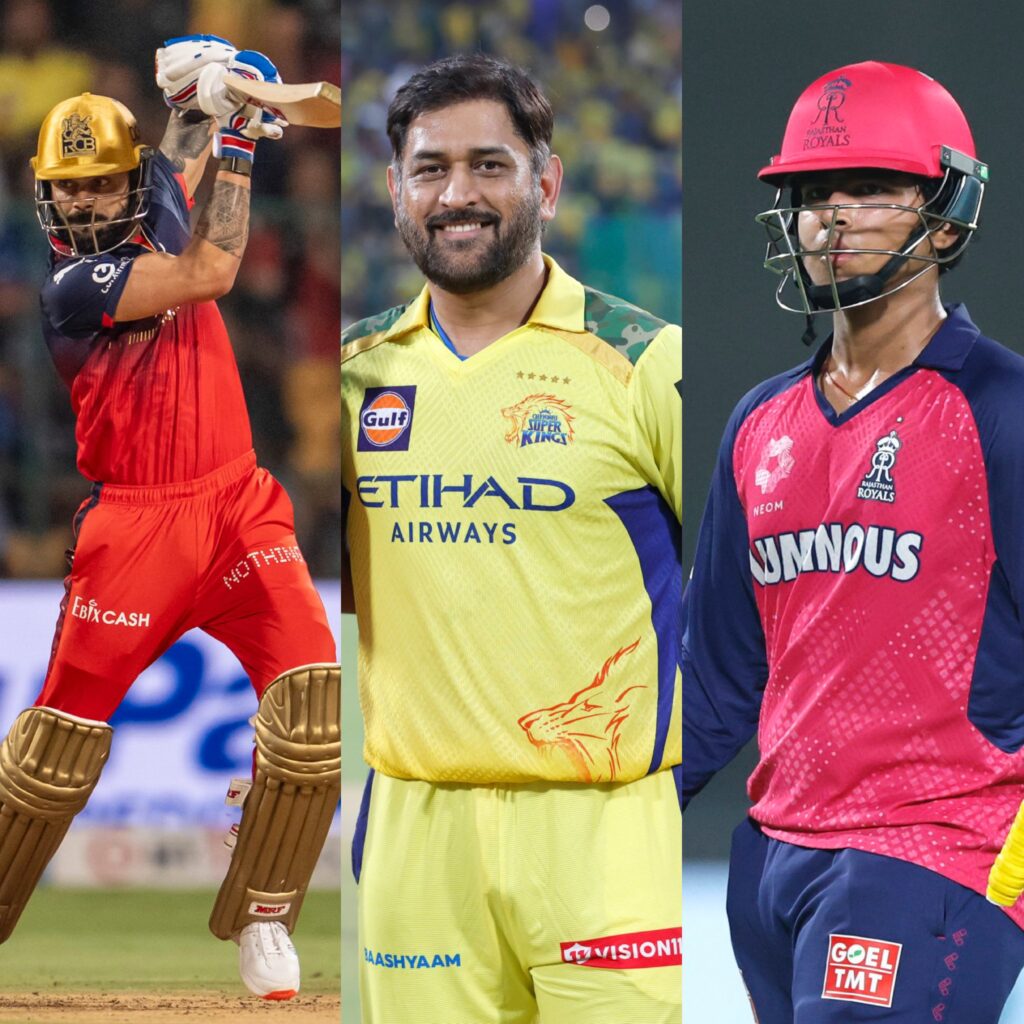
“An athlete’s life is not a normal life.” That line from my trainer, Coach Nav, during a morning workout stayed with me all day. It struck me particularly hard while reading three striking headlines from the world of Indian cricket.
On March 23, 2025, MS Dhoni kicked off yet another IPL season at the age of 43. Less than a month later, on April 19, 14-year-old Vaibhav Suryavanshi made a jaw-dropping IPL debut. Then came May 12, when Virat Kohli, at 36, announced his retirement from Test cricket, choosing to prioritise his body and family. These events didn’t just tell stories of individual athletes; they revealed a broader shift in how modern cricket—and sports in general—is functioning.
At first glance, it might seem like cricket is getting younger, with players stepping into the limelight early and stepping down sooner. But is that the full picture? Or are we witnessing the sport evolve into a gig economy of sorts—where athletes craft personalised career arcs, choosing formats, timings, and goals that align with their individual rhythms and values?
Take Suryavanshi. His explosive 35-ball century in only his second match wowed everyone, but his power-heavy bottom-hand technique seems purpose-built for T20s. Will it hold up in swing-friendly England or on bouncy Australian tracks? He might just be the face of a new breed of format specialists—cricketers who don’t aspire to master every format but dominate the ones best suited to their strengths.

Kohli’s retirement from Tests, meanwhile, is not a retreat but a recalibration. “I’ve started to listen to my body,” he said. “When I’m done with this period… I’ll be coming out fresh.” He’s choosing longevity and emotional well-being over relentless schedules. In fact, his choice mirrors that of tennis legend Roger Federer, who in the later years of his career began skipping the clay court season to extend his time on grass and hard courts. He was optimising, not retreating.
Dhoni, too, is redefining athletic ageing. By retiring from Tests at 33, he arguably added over a decade to his white-ball career. Playing only the IPL, he distances himself from the game for most of the year, only to return each March, refreshed and razor-sharp. Think of it like how NFL quarterback Tom Brady managed his body and time—diet, recovery, and schedule management—to stretch his career well into his 40s and win a Super Bowl at the age of 43.
This model isn’t just emerging in cricket. In basketball, LeBron James meticulously picks his games and manages his minutes to preserve his longevity. Naomi Osaka stepped away from tennis citing mental health, sending a strong message that rest is strategic, not indulgent. And even in football, Lionel Messi’s move to MLS was not just a career choice—it was a lifestyle pivot, balancing sport, brand, and family.
Cricket is catching up to this global athlete ethos. With distinct formats—Tests, ODIs, T20s—and a calendar bursting with leagues around the world, players can now tailor careers that serve not just their talent but their lives. It’s no longer about conforming to tradition or appeasing fans and pundits; it’s about balance, health, and purpose.
Today’s sporting world rewards clarity. Athletes who define their paths—be it through family time, choosing the right tournaments, or mental breaks—are not quitting; they’re curating. The media spotlight and social scrutiny still loom large, but the courage to choose sustainability over spectacle is reshaping the narrative.
Welcome to the gig economy of sport—where players are freelancers in their own careers, not bound by linear expectations but empowered by personal choice.
For all Sports Updates, Follow RevSportz




